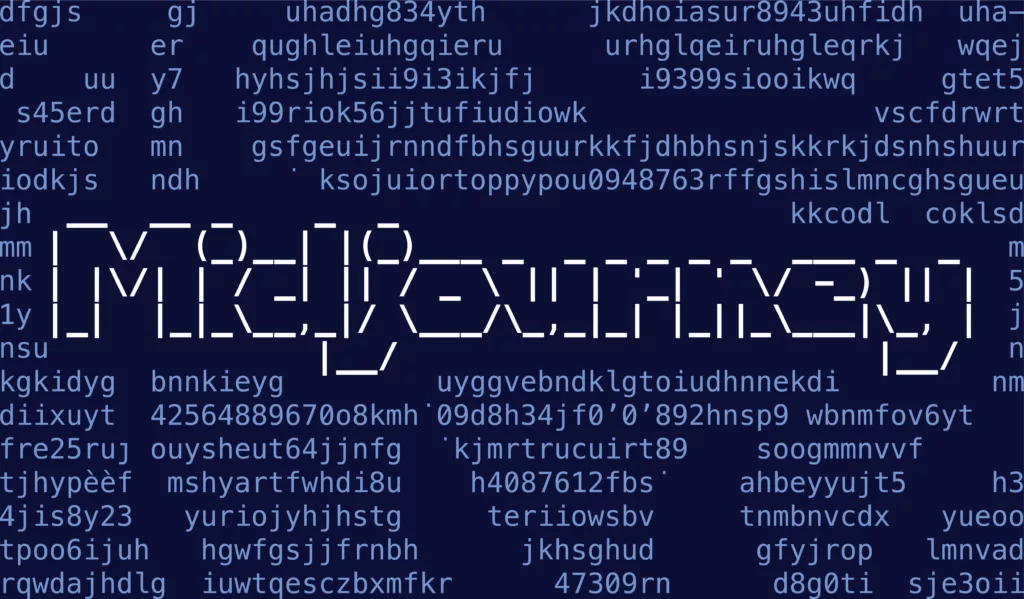
AI News of September 2023
Gather around to check out the hottest AI news of September so you ace AI marketing. Midjourney introduces new inpainting feature Vary Region, Youtube’s new AI backed hum-search feature is on its way, and OpenAI launches new Canva plugin to ChatGPT. Scroll down to keep up with the fast-growing AI landscape.

Midjourney Introduces “Vary Region” Feature to Challenge Adobe Photoshop
In the world of AI-generated images, a new trend is making waves – inpainting. This technique seamlessly integrates elements into an image’s style, and Midjourney is at the forefront with its innovative vary region (or inpainting) feature.
The “Vary (Region)” Revolution
Midjourney’s “vary region” feature allows users to edit specific parts of an image using text prompts. Unlike traditional cut-and-paste methods, users select a part of their image and describe the desired changes in a text box. The AI then adapts, removes, or adjusts elements accordingly.
This user-friendly AI tool significantly speeds up the image editing process. With “vary (region),” users can precisely target specific areas of a Midjourney-generated image, enhancing their creative control.
Creating New Elements with Text Prompts
Text prompts can also be used to create entirely new elements within an image. By entering “/settings” and activating “remix mode,” users gain access to a text box where they can customize prompts for the selected region.
Compared to Adobe Photoshop’s yearly subscription fee of around $240, Midjourney offers a more affordable option. Their basic plan costs just $10 per month or $96 for a year, making it an attractive choice for creators on a budget.
Tips for Optimal Use
Midjourney recommends using the “vary (region)” feature on larger image areas, ideally ranging from 20% to 50%. For finer adjustments, the “vary (subtle)” tool might be more suitable. It’s also essential to ensure that prompts align with the image’s overall context when making changes.
The Evolution of AI in Design
Midjourney’s “vary (region)” is just one of many features in their growing toolkit. The broader landscape of generative AI in the design field continues to evolve, with other players like OpenAI’s acquisition of Global Illumination Inc and the emergence of browser-based AI-enabled image editors like Modyfi.
In summary, Midjourney’s “vary (region)” feature offers an affordable and user-friendly option in the realm of creative software, challenging the status quo of AI-driven image editing and ushering in a future of enhanced creativity and customization possibilities.

YouTube’s New Humming Search Feature: A Game-Changer for Music Discovery
YouTube is testing an innovative feature on Android devices that could revolutionize music discovery. Instead of searching for songs using text, users can now find them by humming or singing the tune. This feature stands out compared to Apple’s Shazam.
A Novel Approach to Music Discovery
If you’re using the YouTube app on Android and are part of the test group, you’ll notice a new option. It allows you to search for songs by humming, singing, or recording them. Simply hum, sing, or record a part of the song for three seconds or more, and YouTube will identify the song and display related videos.
Currently, only a small number of Android users have access to this feature, but if it becomes widely available, it could be a game-changer for music enthusiasts who use YouTube as their go-to platform for discovering songs.
A Familiar Idea with a Shorter Hum
This idea isn’t entirely new; Google, YouTube’s parent company, experimented with it in 2020. However, Google’s method required users to hum, whistle, or sing for a longer duration, around 10 to 15 seconds.
Both Google and YouTube’s approaches rely on smart computer programs that match your hum or singing to the song’s unique melody, making it a seamless and user-friendly experience.
Competing with Niche Apps
While other apps like SoundHound and MusixMatch also offer song identification through humming or singing, YouTube’s vast user base and popularity make it a potential heavyweight in this space.
In conclusion, YouTube’s new humming search feature has the potential to transform how users discover music on the platform, offering a more intuitive and accessible way to find their favorite tunes.

OpenAI Revolutionizes Visual Content Creation with Canva Plugin for ChatGPT
In a significant stride towards simplifying visual content creation, OpenAI has unveiled a Canva plugin for its renowned chatbot, ChatGPT. This strategic move aims to empower businesses and entrepreneurs in the dynamic realm of social marketing.
Streamlining Visual Design
Previously, the process of integrating Canva with ChatGPT was intricate, requiring users to navigate a labyrinth of steps. However, this newly introduced plugin transforms visual design into an effortless endeavor. By offering a user-friendly approach, it promises to elevate user engagement significantly.
Seamless Integration
To harness this groundbreaking feature, ChatGPT users must open the browser version and navigate to the ‘Plugin Store’ nestled within the plugin section. Here, the Canva plugin can be swiftly installed. Just in case here is a comprehensive tutorial on how to install and use the new plugin.
Once the plugin is in place, users can seamlessly select ‘Canva’ from the plugin section within ChatGPT’s primary interface. The process continues with users describing the visual they desire, employing prompts like “Create a Twitter banner for an AI enthusiast profile.” ChatGPT then ingeniously generates a selection of visuals, which users can further customize within the Canva platform before downloading for immediate use.
Exclusive Access for ChatGPT Plus Subscribers
This revolutionary integration is currently exclusive to ChatGPT Plus subscribers, who subscribe for $20 per month. In addition to the Canva plugin, subscribers gain access to the updated GPT-4 large language model. This advanced model is proficient not only in crafting extensive written content but also in accepting images as input, further expanding its utility.
In the fiercely competitive landscape of AI, OpenAI is steadily enhancing ChatGPT’s capabilities to maintain a leading edge. These updates are a strategic response to the emergence of formidable competitors such as Claude AI and Google’s Bard, both of which are making rapid strides in the field.
A Versatile Tool for Diverse Needs
This integration aligns seamlessly with OpenAI’s broader strategy. Which is to transform ChatGPT into a versatile tool capable of catering to a myriad of user needs. While they previously introduced a web browsing feature with Microsoft Bing, it was subsequently removed due to users accessing paywalled content.
In essence, OpenAI’s Canva plugin for ChatGPT marks a pivotal moment in the world of digital marketing, offering a streamlined path to vibrant visual content creation. As this innovative tool unfolds, it promises to empower businesses and individuals alike, fostering creativity and efficiency in the realm of social marketing.






















